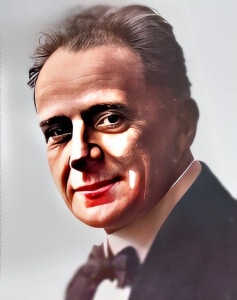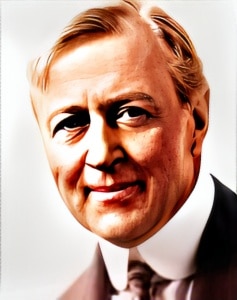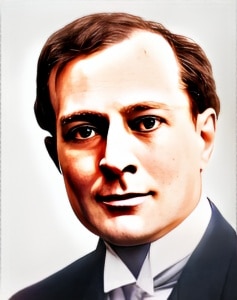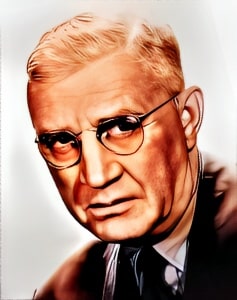 Rudolf Lettinger, born on February 11, 1880, in Vienna, Austria, was a distinguished Austrian actor who made notable contributions to the world of early German cinema.
Rudolf Lettinger, born on February 11, 1880, in Vienna, Austria, was a distinguished Austrian actor who made notable contributions to the world of early German cinema.
Known for his versatility and compelling performances, Lettinger played a pivotal role in shaping the emerging film industry during the silent film era.
Lettinger’s career in the world of entertainment began during a time when the film industry was still in its nascent stages. Silent films were the dominant form of entertainment, relying on visual storytelling and nonverbal acting. Actors such as Lettinger had the task of conveying emotions and narratives primarily through facial expressions and physical movements, making their craft a unique and challenging art form.
One of the pivotal moments in Rudolf Lettinger’s career came with his involvement in the iconic 1920 silent film “The Cabinet of Dr. Caligari,” directed by Robert Wiene. This groundbreaking work of German expressionist cinema is celebrated for its visually striking set design and eerie, dreamlike atmosphere. In the film, Lettinger portrayed Dr. Olsen, a character whose narrative is central to the unfolding story. His performance was crucial in conveying the emotional and psychological turmoil experienced by his character and contributed significantly to the film’s success.
“The Cabinet of Dr. Caligari” is renowned for its use of distorted, angular, and nightmarish architecture in its set design, creating a sense of disorientation and unease. Lettinger’s ability to convey complex emotions primarily through facial expressions and physical acting added depth to the film’s atmosphere, making him a key figure in the history of the horror genre.
Lettinger’s talent extended beyond acting. He was a multifaceted figure in the early German film industry, venturing into screenwriting and directing. His contributions in these areas showcased his versatility and further solidified his reputation as a multifaceted talent.
As the transition to sound films marked a significant shift in the film industry, many silent film actors struggled to adapt to this new era. Lettinger, however, successfully made the transition, demonstrating his adaptability and commitment to his craft.
One of the notable sound films in Rudolf Lettinger’s career was “Die Stadt is voller Geheimnisse” (1930), a German film in which he played a prominent role. His performance in this sound film added depth and intensity to the narrative and showcased his ability to excel in the new era of cinema.
Lettinger’s ability to excel in a variety of roles, his contributions as a writer and director, and his adaptability in the transition to sound films made him a sought-after figure in the early years of cinema. His performances continued to captivate audiences, and his enduring impact on the world of cinema remains a valuable part of the rich history of early Hollywood.
In conclusion, Rudolf Lettinger was a remarkable figure in the early years of German cinema. His career spanned the silent film era and the transition to sound films, during which he showcased his versatility as an actor, writer, and director. While his name may not be as widely recognized today as some of the leading figures of his time, his contributions and enduring impact on the world of cinema remain a valuable part of the history of early Hollywood. Lettinger’s talent and versatility continue to captivate audiences and inspire generations of actors and filmmakers.




